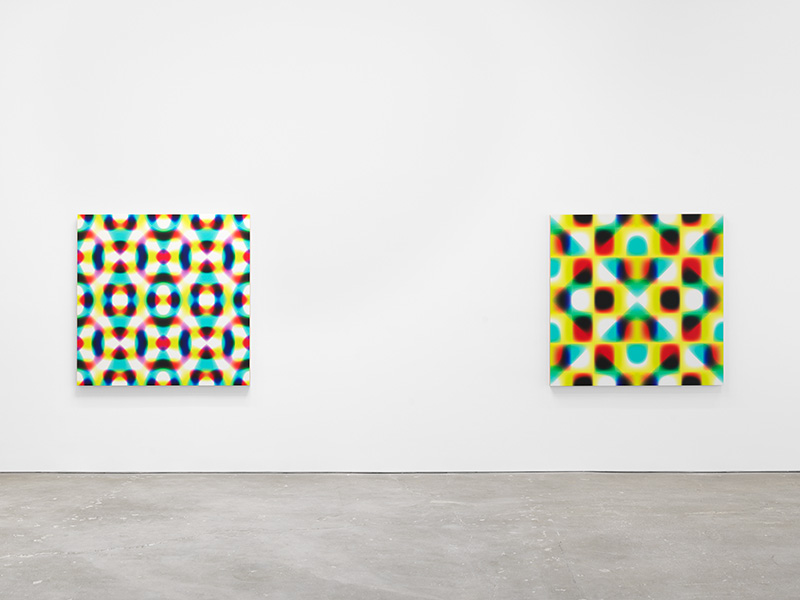PHOTO:Stan Douglas-DCTs and Scenes From The Blackout
 Since the late ‘80s, Stan Douglas has created films, photographs, and installations that reexamine particular locations or past events. His works often take their points of departure in local settings, from which broader issues can be identified. Making frequent use of new as well as outdated technologies, Douglas appropriates existing Hollywood genres and borrows from classic literary works to examine the intersection of history and memory in evocative, mesmerising works.
Since the late ‘80s, Stan Douglas has created films, photographs, and installations that reexamine particular locations or past events. His works often take their points of departure in local settings, from which broader issues can be identified. Making frequent use of new as well as outdated technologies, Douglas appropriates existing Hollywood genres and borrows from classic literary works to examine the intersection of history and memory in evocative, mesmerising works.
By Dimitris Lempesis
Photo: David Zwirner Gallery Archive
In his solo exhibition “DCTs and Scenes from the Blackout”, Stan Douglas presents works from two recent series, “DCT” (2016- ) and “Blackout” (2017), that together illustrate the artist’s overarching interest in the nature of photographic representation and its relationship to reality. Stan Douglas attended the Emily Carr College of Art + Design from 1979 to 1982. From 1982 to 1983, he made installations with projected slides, which he presented in movie theaters. Around this time, he destroyed his earlier work as an impetus to start anew. In the mid- to late 1980s, Douglas made still photographs, worked in film (incorporating found footage into his own loops), and started to use video. In video works of the 1980s, Douglas addressed such complex subjects as the lasting repercussions of historical events, issues of racial and class difference, how film and media operate as modes of communication, and the impact of linguistics. While researching his 1993 film “Pursuit, Fear, Catastrophe: Ruskin, B.C.” Douglas created a related series of photographs, a process typical of his working style. In 1997–98, he spent a great deal of time in Detroit, working on a series of photographs, “Detroit Photos”, that document this American city, which he had been shocked to find so devastated. A related film installation, “Le Detroit” was completed in 1999. Through the Detroit projects, he pursued an interest in “failed utopias” and the interrelationships between people and America’s urban spaces. The abstract compositions that comprise Douglas’s “DCT” series are in essence synthetic pictures that look at photography as an optical image in the broadest sense. To create these works, Douglas manipulates a sequence of data points referred to as a “DCT” (discrete cosine transform), which specify how JPEG images are compressed. He manually inputs the frequencies, amplitudes, and color values that make up each work, determining each composition solely by entering this series of numbers into a custom-designed program. Printed on large, square panels that have been primed with gesso, they stretch the notion of the photographic and blur the boundaries between photography and painting. Conversely, in his “Blackout” photographs, Douglas has scripted and staged scenes from a hypothetical present-day emergency scenario of the total loss of power in New York City. These imagined vignettes are meticulously planned, seamlessly interweaving fact and fiction in their evocation of past events that affected the city, such as the 1977 blackout or, more recently, Hurricane Sandy.
Info: David Zwirner Gallery, 525 West 19th Street, New York, Duration: 22/2-7/4/18, Days & Hours: Tue-Sat 10:00-18:00, www.davidzwirner.com







